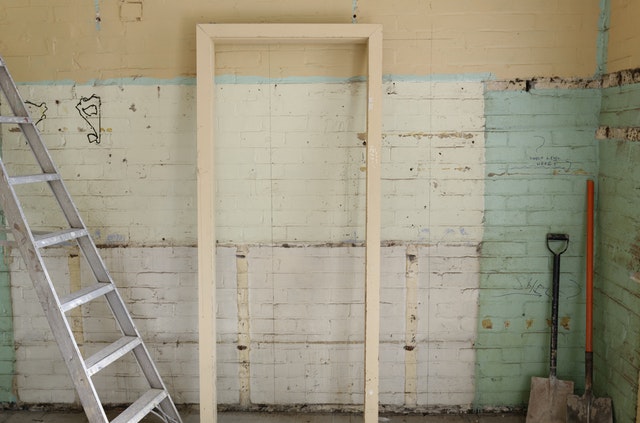What Are The Housing Market Projections For 3rd Qtr 2018 — And Beyond?
 The National Association of Realtors (NAR), in its ongoing analysis of home sales statistics, believes that prices will continue to rise during the third quarter, but that uncertainty over elections could be a factor during the second half of the year.
The National Association of Realtors (NAR), in its ongoing analysis of home sales statistics, believes that prices will continue to rise during the third quarter, but that uncertainty over elections could be a factor during the second half of the year.
However, NAR’s report noted that in July, a typically lackluster month, home prices rose by about nine percent, and days on market decreased significantly, perhaps signaling a strong start for the third quarter.
National statistics don’t necessarily tell the whole story, however. In addition, what will happen in the fourth quarter is, at this point, a bit more difficult to predict. Assessments about how home prices and real estate will end the year differ from one part of the country to another.
Looking Ahead
In 381 of 500 markets that were tracked, homes stayed on the market for fewer days in July 2018 than the median time on market the previous year, even in the highest price markets, typically a sign that demand is still outpacing supply.
Dallas-Fort Worth area mortgage lenders report a noticeable slowdown over the past several months, and the inventory of homes on the market has grown. But another Texas town, Midland, ranked as the nation’s hottest market for the second month in a row in July, based on continued high demand and the speed at which homes have been selling.
The list of fast-moving markets, compiled by by Realtor.com, also places Columbus, Ohio, Boston and Fort Wayne, Ind., at the top; Dallas-Fort Worth, interestingly, ranked 17th of 20 hot markets in the Realtor.com survey.
Potential Benefits
Some housing analysts note that even slight slowdowns in select markets, coupled with rising mortgage rates, may signal a wider downturn in sales nationally, adding that it is not entirely unexpected. Many real estate and mortgage professionals, however, view any potential “adjustment” as a good thing, with the explanation that the double-digit appreciation is unsustainable over the long term.
Prevailing wisdom is to take a wait and see approach leading up to midterm elections. Pollsters and pundits have widely variant opinions and, to date, trends are not sufficiently clear. In addition, the housing industry is seemingly healthy at this point and, barring unexpected major interest rate increases, demand for housing is likely to remain strong.
As one researcher at Texas A&M University explains, even a modest slowdown will likely only bring the real estate market down to 2016 levels and, in retrospect, that was a very good year! Other analysts are more positive, saying that an expected slowdown is positive and will prevent “a new bubble.”
As always, contact your trusted real estate and mortgage professionals to discuss the current situation in your local market.

 Fall is the time to get back into a comfortable routine, but it’s also a great time to incorporate social events into weekend work parties, and gather friends to offer neighbors a helping hand — or just moral support — to spruce up their property.
Fall is the time to get back into a comfortable routine, but it’s also a great time to incorporate social events into weekend work parties, and gather friends to offer neighbors a helping hand — or just moral support — to spruce up their property. The Federal Open Market Committee of the Federal Reserve announced that it raised the target federal funds rate to a range of 2.00 percent to 2.25 percent. This was the third consecutive increase in the Fed’s key interest rate and was the eighth time the Fed raised its key interest rate since 2015.
The Federal Open Market Committee of the Federal Reserve announced that it raised the target federal funds rate to a range of 2.00 percent to 2.25 percent. This was the third consecutive increase in the Fed’s key interest rate and was the eighth time the Fed raised its key interest rate since 2015. Simple home and yard tips don’t have to take a lot of time, but can save a lot of headaches if that first winter storm catches you unaware.
Simple home and yard tips don’t have to take a lot of time, but can save a lot of headaches if that first winter storm catches you unaware. Reality TV shows have energized everyday people to dive into the real estate market and make money flipping houses. The dramatic presentation and profitable end results make the industry seem like a sure thing. But house-flipping, like any industry, has its share of challenges.
Reality TV shows have energized everyday people to dive into the real estate market and make money flipping houses. The dramatic presentation and profitable end results make the industry seem like a sure thing. But house-flipping, like any industry, has its share of challenges.